As an experienced photographer, I often get asked for tips on how to improve photography skills. While there’s no shortage of advice out there, many tips are often repeated…things like “practice a lot” and “get to know your camera.” And while these are very good tips, I want to focus on lesser-known strategies.
So, let’s shake things up a bit!
Below, I’ve outlined five unique exercises that can truly help you develop your craft and see the world through a more creative lens. Let’s get started!
Table of Contents
Embrace Constraints to Enhance Your Photography Skills
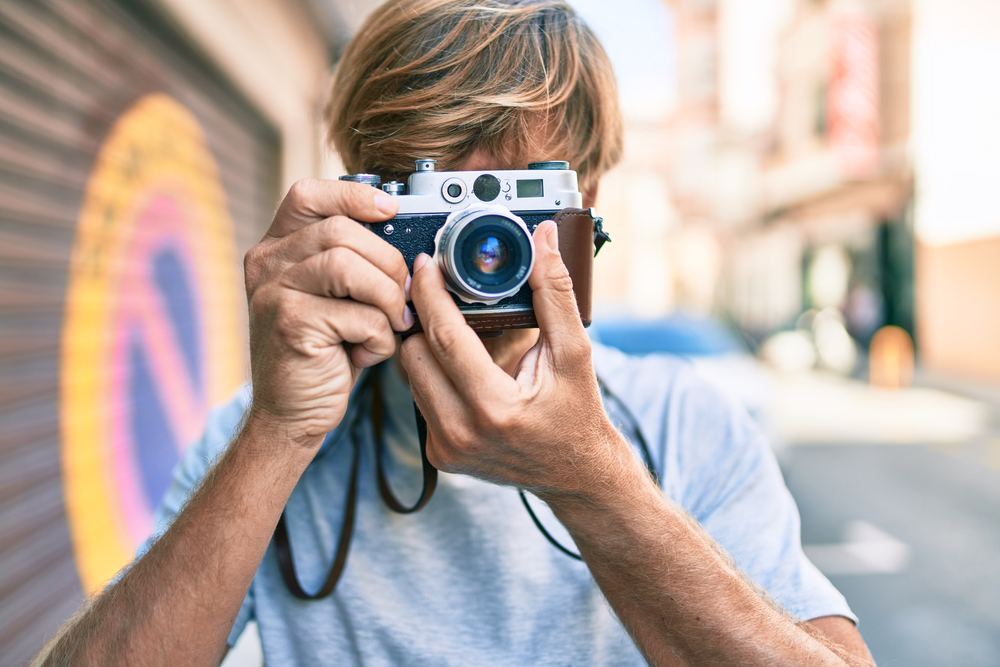
Photo by Desizned via Shutterstock
One of the most effective ways to improve your photography skills is to restrict what you do. This might sound counterintuitive, but limiting your options can actually boost your creativity.
For example, you might constrain yourself by shooting with just one lens. So, choose one lens and stick with it for an entire week. Whether it’s a 50mm prime, a 24-70mm zoom, or a specialty lens like a macro lens, using just one lens forces you to think more critically about composition and perspective.
You’ll also learn to move around more, get closer to your subjects, and see things from different angles. This is important for all genres of photography, so add to the one lens constraint by practicing portraits, landscapes, street, and other types of photography with your one lens. Then, after a week, switch to another lens and use it for seven days. Repeat the process for all the lenses in your kit – the results you get might surprise you!
So, you have a technical constraint to try – not try a creative constraint…
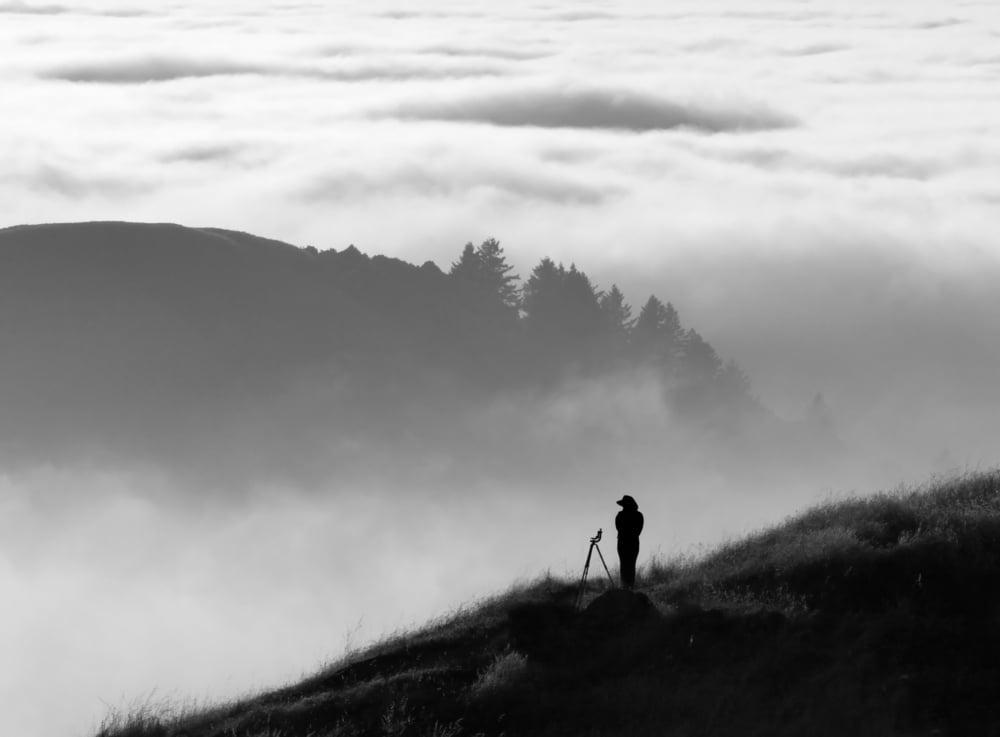
Photo by Matt Tilghman via Shutterstock
Spend a week shooting exclusively in black and white. This exercise strips away the distraction of color, helping you to focus on light, shadow, texture, and form. You’ll start to notice how different lighting conditions impact your photos and how you can use contrast to enhance your black-and-white images.
Furthermore, this exercise is helpful for advancing your post-processing skills. After all, you’ll need to remove the color from your images in post so you can develop that competency and use other editing tricks to give your photography an even bigger boost.
Study Art Outside of Photography
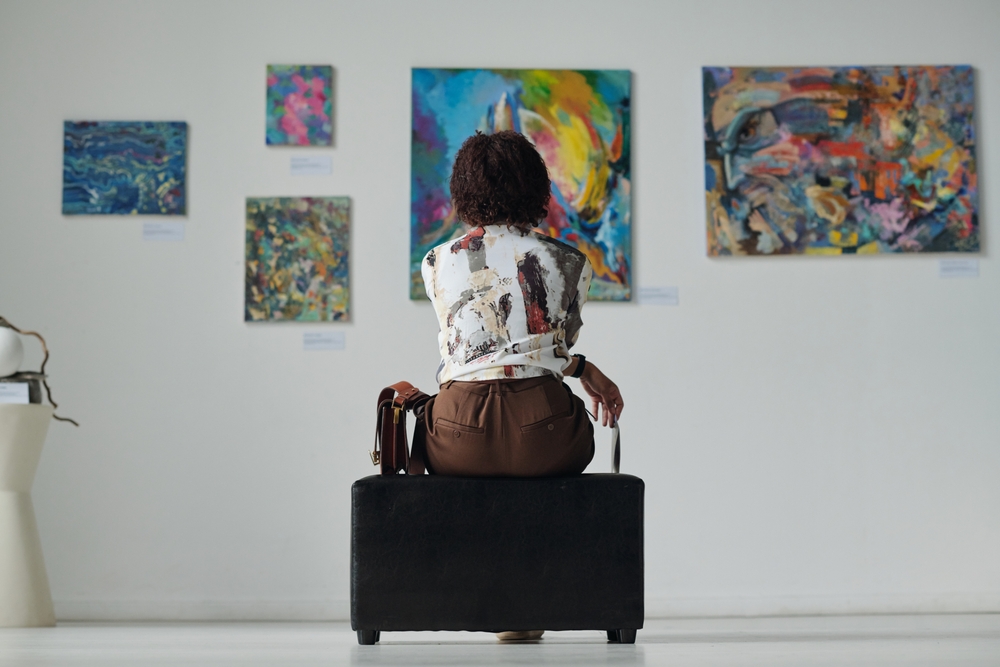
Photo by Pressmaster via Shutterstock
Improving your photography skills isn’t just about taking more photos. Sometimes, the best lessons come from other forms of art…
Spend time at a museum or art gallery, studying paintings from different periods and styles. Pay attention to how painters use light, composition, and color to convey emotions and stories. Notice the use of leading lines, the placement of subjects, and how they create depth in their work. Try to apply these concepts to your photography.
Films are a treasure trove of inspiration for photographers, too. Directors like Stanley Kubrick and Alfred Hitchcock were masters of composition and lighting. Pay attention to how scenes are framed, how lighting is used to set the mood, and how movement is captured. These elements can provide a new perspective on framing and storytelling in your photography.
Take On a 365 Project to Target Specific Photography Skills
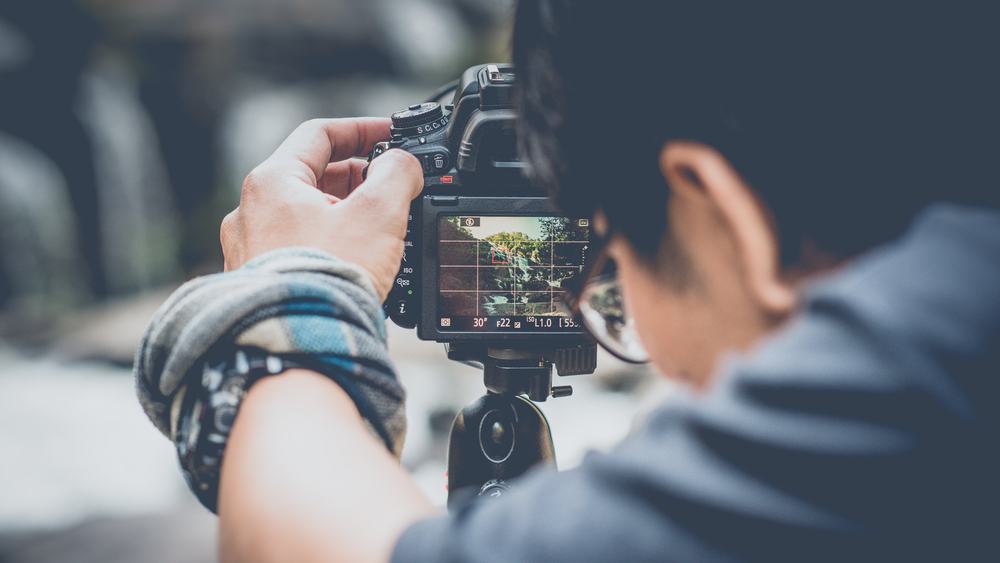
Photo by Aris Group via Shutterstock
One of the most transformative exercises for improving your photography skills is a 365 project. This involves committing to taking at least one photo every day for a year (or, if that’s too much of a commitment, try a shorter 30-day challenge!). So, why does this work?
There are two primary reasons…
First, a 365 project builds the habit of daily shooting, which is essential for growth. It forces you to constantly look for new ideas and opportunities, even on days when you don’t feel particularly inspired. Over time, this discipline will become second nature; you’ll take more photos more often, and your skills will improve as a result.
And second, by the end of the year, you’ll have a comprehensive body of work that reflects your growth and evolving style. Periodically reviewing your photos can help you identify patterns, preferences, and areas of improvement. You’ll start to notice what subjects, compositions, and techniques resonate most with you, too. Developing your personal photography style is part of the journey of improving your photography skills.
Recreate Famous Photos
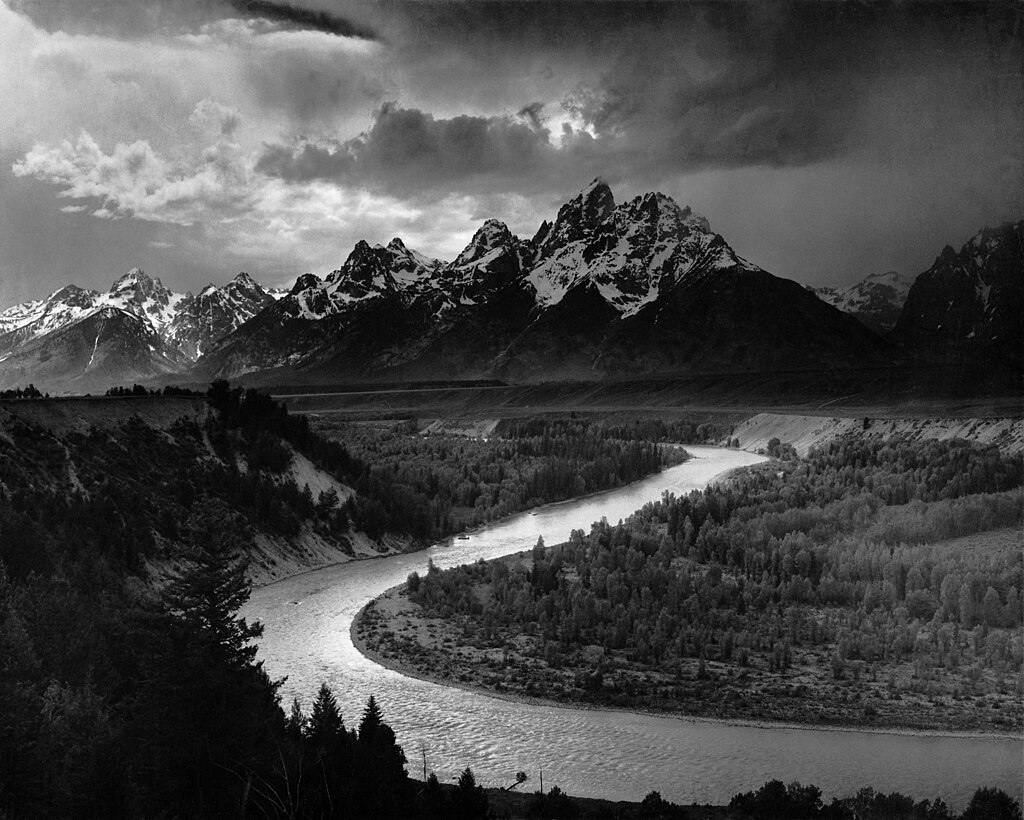
Ansel Adams, Public domain, via Wikimedia Commons
Another unique exercise is to recreate famous photos. This isn’t about copying but about understanding the elements that make an iconic image successful. Here’s how to go about it:
Choose a Photo
Select a photograph that inspires you, whether it’s a classic Ansel Adams landscape or a striking portrait by Annie Leibovitz. Study the photo in detail, analyzing the lighting, composition, and mood.
Recreate the Shot
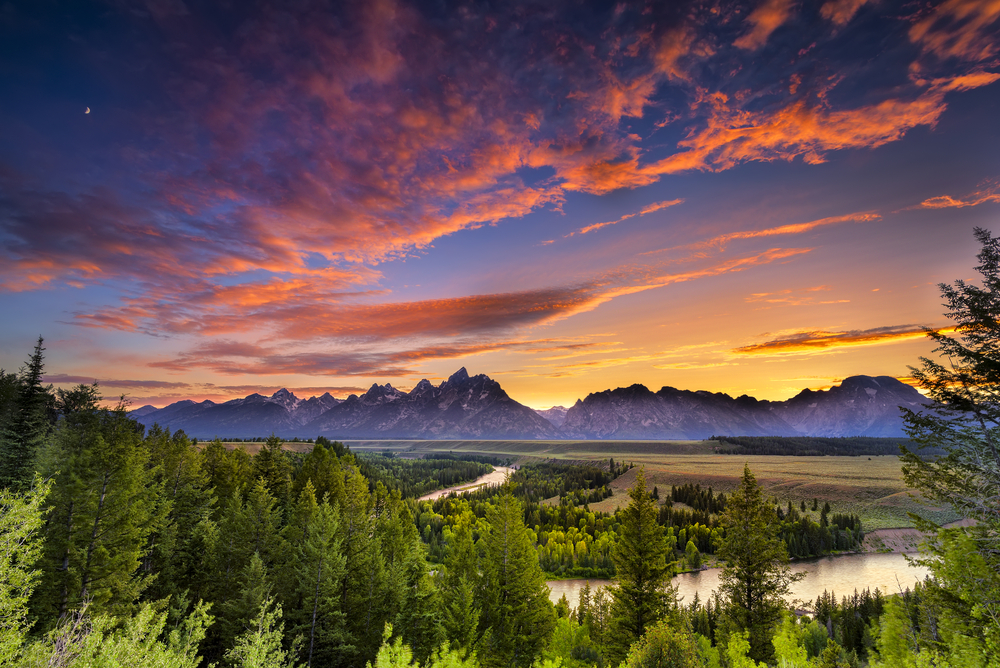
Photo by Dean Fikar via Shutterstock
Try to recreate the photo as closely as possible. This exercise will teach you a lot about the technical and creative decisions that go into making a powerful image. For instance, if you’re recreating a landscape, you’ll need to consider the time of day, weather conditions, and vantage point. If it’s a portrait, pay attention to the lighting setup, pose, and expression.
Reflect and Apply
After recreating the photo, reflect on the process and what you’ve learned. Think about how you can apply these lessons to your own work. This exercise helps you understand the thought process behind successful images and can significantly enhance your photography skills.
Printing Your Photos Helps You See Your Photography Skills in Action
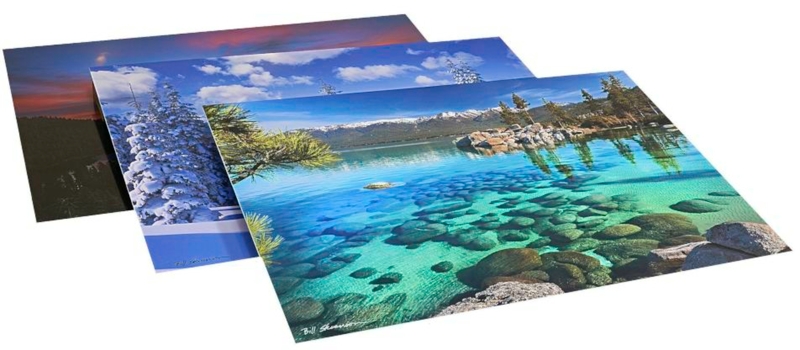
Last but certainly not least, print your best work!
Sure, you can take a hundred photos a day and quickly review them on your phone, tablet, or computer. But viewing your images on a screen is a cold and sterile experience. Selecting your best work to print, though, requires much more involvement on your part.
Not only do you have to cull your images and select the best one – which helps you identify what works and doesn’t work for creating the best shots – but you also have to edit the images you select as the best. As noted earlier, practicing post-processing skills is an important part of becoming a better photographer.
What’s more, there’s something to be said for having a physical print in your hands. As I discuss in my video above, I got a print from Large Metal Prints a few months ago that absolutely astounded me. And while I knew the photo I selected was a banger when I viewed it on my computer screen, having Large Metal Prints print it made the viewing experience so much more engaging. Consider this:
A large print puts your successes behind the lens front and center. You can more clearly see what went right in the photo to make it a successful shot.
At the same time, a large print also brings your mistakes to the forefront. A slight miss on the focus here, a random branch protruding into the frame there, and other small oversights have nowhere to hide when you’re holding a print in your hands. This helps you identify areas you need to work on to improve your photography skills further.
A print celebrates your hard work. It’s something you can hang in your home or office to admire each time you walk by. It’s also an opportunity to let others enjoy your work!
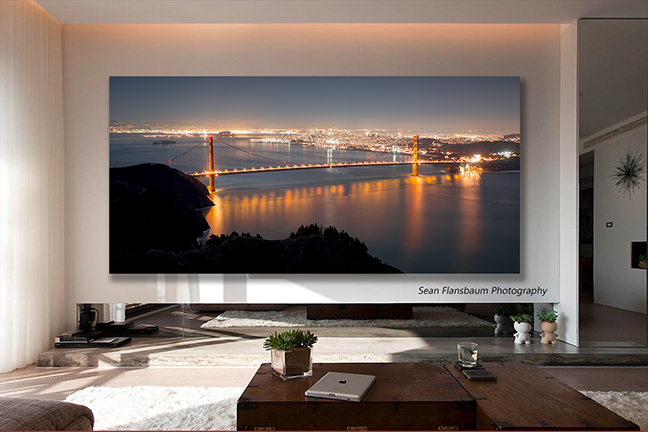
But, as with all things, not all prints are made alike. When choosing a company to print your images, you want to partner with folks who have the expertise to get it right and the dedication to customer service to ensure you have the best experience. I’ve gotten both time and time again from Large Metal Prints.
Part of the reason for this is because Large Metal Prints is a small family-owned business. That means their focus is solely on each customer and the images they want printed. What’s more, as their name states, Large Metal Prints only deals with printing on metal – a choice that might limit their bottom line but certainly boosts the quality and attention to detail of their prints.

I get why many printing companies offer canvas, paper, acrylic, metal, and all sorts of other photography substrates and products. But sometimes having a broad range of products means that there’s a lack of quality. That’s just not the case with Large Metal Prints!
Remember – improving your photography skills is a journey, not a destination. It takes time! But by embracing these unique exercises, you’ll push yourself out of your comfort zone and discover new ways to see and capture the world. Remember, the goal is not just to take better photos but to develop a deeper understanding and appreciation of the art of photography. So, grab your camera and start exploring these exercises today – you’ll be amazed at how much you can grow!
A quick heads-up: If you snag something through our affiliate links or check out our sponsored content, we might earn a commission at no extra cost to you. But fear not, we’re all about recommending stuff we’re truly stoked about!
Learn More:
Hero Photo by Dragon Images via Shutterstock

